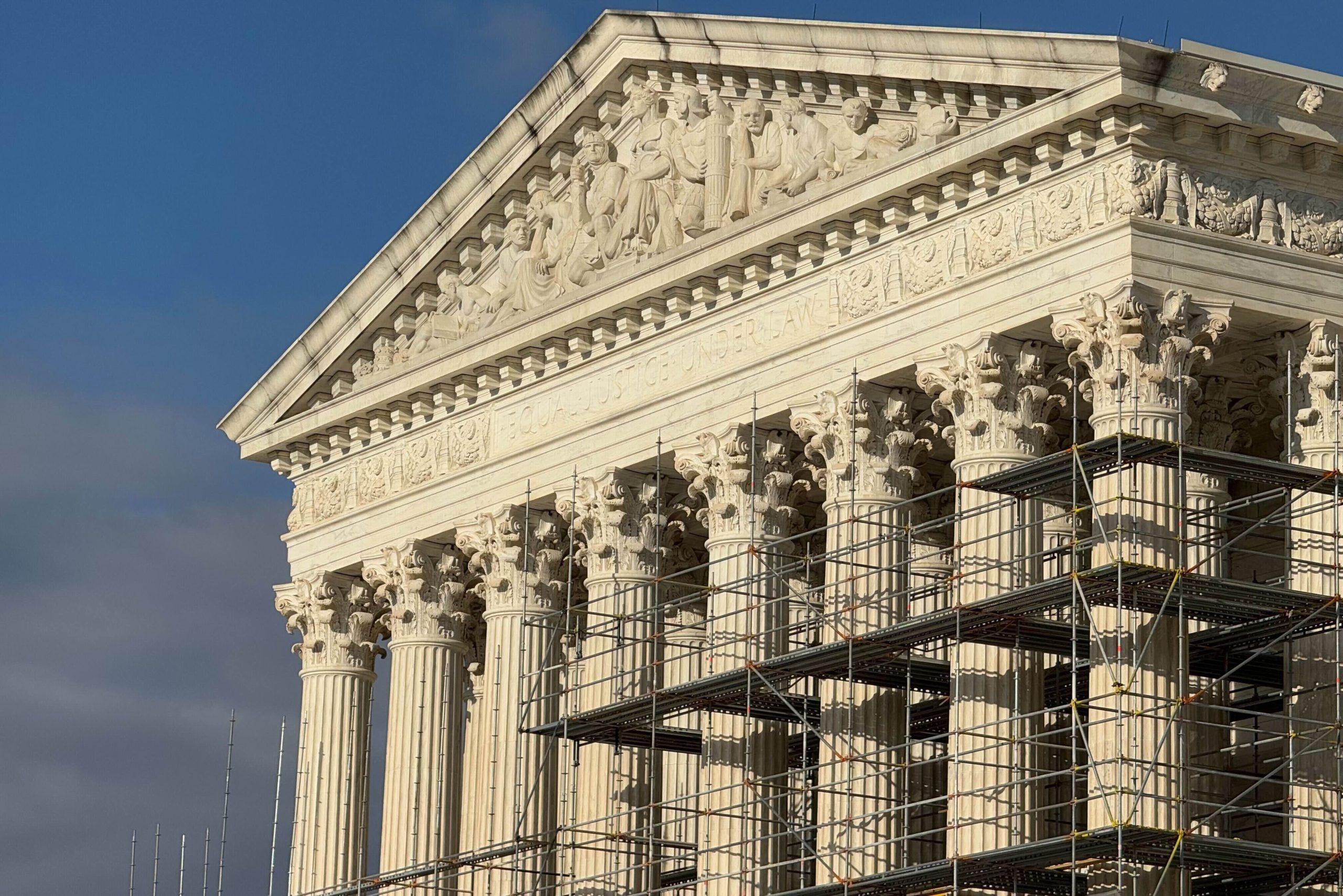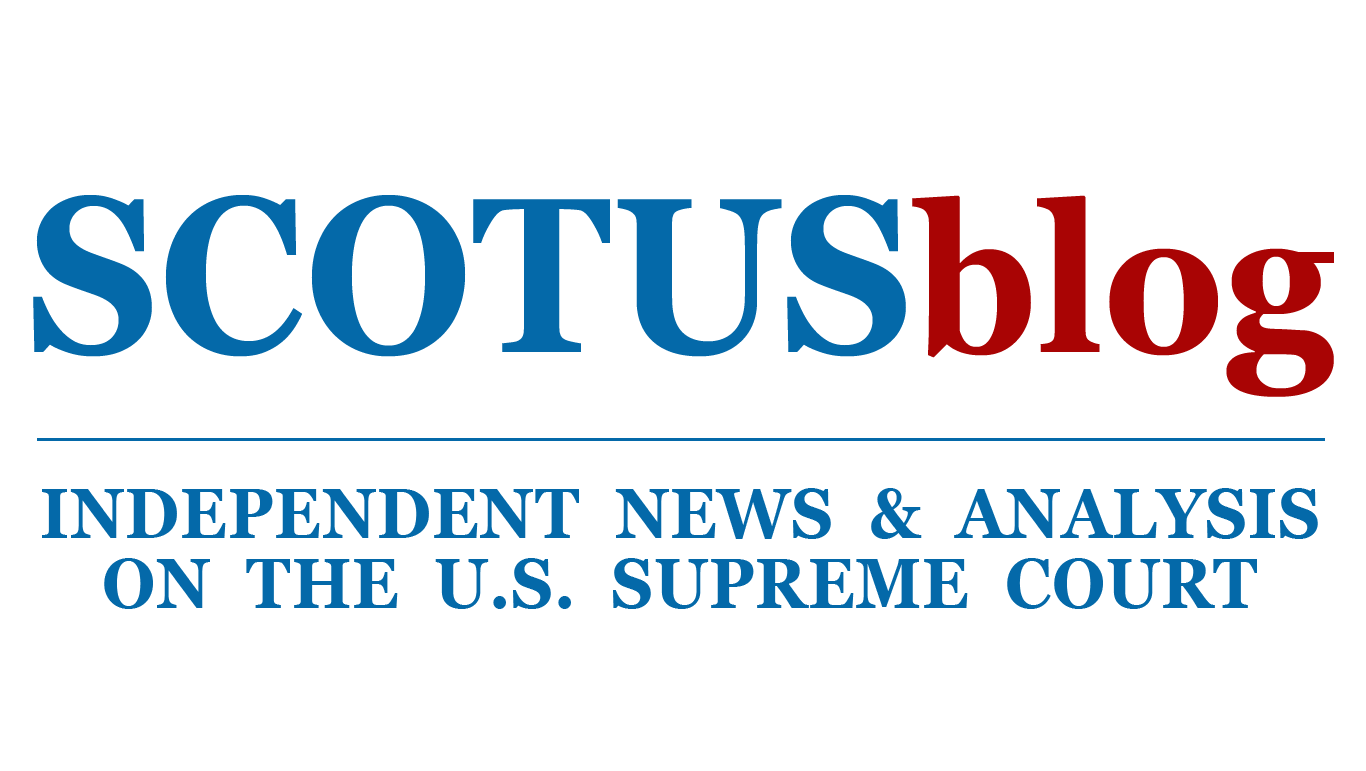ARGUMENT ANALYSIS
Court appears to back legality of HHS preventative care task force

on Apr 21, 2025 at 8:37 pm

The Supreme Court on Monday appeared to side with the federal government in a dispute over the constitutionality of the structure of a task force within the Department of Health and Human Services. The case came to court as a dispute over a 2019 decision by the group, known as the U.S. Preventive Services Task Force, to recommend PrEP, the HIV-preventative medications, for coverage as a “preventative health service” at no cost to patients. The challengers in the case contend that the group’s recommendations are invalid because the members of the task force were not appointed by the president and confirmed by the Senate, but most of the justices seemed skeptical of that argument.
The Affordable Care Act of 2010 requires private health insurers to cover “preventive health services” at no additional cost to patients. But the law does not indicate what those services are. Instead, the law directs the task force to make that determination, and it requires its recommendations to be “independent, and to the extent practicable, not subject to political pressure.”
The dispute before the court on Monday began in 2020, when four individuals and two small businesses went to federal court in Texas to challenge the requirement that insurers cover pre-exposure prophylaxis medicines, known as PrEP, which are highly effective at preventing HIV. The task force had recommended in June 2019 that PrEP be included as a mandatory preventive-care service.
The plaintiffs object to the requirement to provide PrEP on religious grounds, because they believe that it will encourage same-sex relationships and intravenous drug use. They contend that the structure of the task force violates the Constitution’s appointments clause, which requires “principal officers” of the United States to be appointed by the president and confirmed by the Senate.
U.S. District Judge Reed O’Connor agreed with the plaintiffs and ruled that all preventive-care requirements imposed by the task force since the ACA went into effect were invalid. O’Connor also barred the government from enforcing preventive-services requirements going forward.
The U.S. Court of Appeals for the 5th Circuit upheld O’Connor’s conclusion that the task force’s structure violates the appointments clause. But it narrowed the remedy for that violation, holding only that the government was barred from enforcing the preventive-services requirements against the plaintiffs in this case.
Monday morning’s argument was largely a constitutional law debate, with only Justice Amy Coney Barrett referring (very briefly) to the medicine that prompted the plaintiffs in this case to bring their lawsuit.
Representing the Trump administration, Principal Deputy Solicitor General Hashim Mooppan told the justices that task force members are “inferior officers” who do not need to be appointed by the president and confirmed by the Senate. The HHS secretary provides “ample” supervision of the task force, Mooppan argued: He can remove them at any time, which is a “powerful tool” to control them, and he can review their recommendations and prevent them from taking effect. He can even, Mooppan added, require the task force to obtain preapproval “before they issue any recommendation at all.” Congress, Mooppan concluded a few minutes later, wanted the benefits that come with an expert body like the task force, but it also wanted that body to be politically accountable.
Justice Neil Gorsuch pressed Mooppan on whether the HHS secretary actually can remove members of the task force at any time, observing that the ability to do so rests on the government’s assumption that the HHS secretary has the power to appoint the members of the task force. The court of appeals didn’t decide this issue, Gorsuch noted, but in his view there “seems to be some reason to question” whether he does, and it is a “pretty critical premise of” the government’s argument. Should the Supreme Court, Gorsuch asked, send the case back to the lower court for it to make that ruling in the first place?
Justice Samuel Alito suggested that the government’s interpretation of the statute’s requirement that the task force’s recommendations be “independent” was “incredibly strained.” If task force members can be removed for any reason, Alito told Mooppan, they are not “independent.”
Representing the plaintiffs, Jonathan Mitchell told the justices that the task force members can’t be “inferior officers” because “their preventive care coverage mandates are neither directed nor supervised by the Secretary of Health and Human Services or by anyone else who has been appointed as a principal officer.” The statutory provisions governing the task force, Mitchell said, “cannot coexist with a regime” in which the HHS secretary can override recommendations or prevent them from having binding effect.
But several of the justices, both conservative and liberal, appeared skeptical that the task force members were instead “principal officers.” Justice Brett Kavanaugh, for example, told Mitchell that the Supreme Court does not normally interpret laws to create independent agencies without stronger language than the text at issue here. In such cases, Kavanaugh noted, the law usually specifically requires agency officials to be nominated by the president and confirmed by the Senate, and indicates that they can only be removed for a good reason.
Justice Elena Kagan echoed Kavanaugh’s concern, telling Mitchell that “we don’t go around creating independent agencies. More often,” she said, “we’re destroying independent agencies.”
Justice Ketanji Brown Jackson posited that the requirement that the HHS secretary establish a minimum interval before the task force’s recommendations can go into effect provides the kind of control over task force members to make them “inferior” officers.
And Barrett observed that the Supreme Court tries to interpret federal laws to avoid constitutional questions whenever possible. In light of that principle, she asked Mitchell, why wouldn’t the justices construe the ACA’s reference to the task force’s “independence” more narrowly – that is, as Kagan put it a few minutes later, approaching their job with a “spirit of independence” but not necessarily requiring them to be completely free of any influence?
Alito asked Mitchell what would happen if the court were to determine that the task force members were “inferior” officers.
Mitchell urged the justices to send the case back to the lower court for it to determine whether Congress had given the HHS secretary the power to appoint members of the task force in the first place. “I don’t think it’s appropriate,” Mitchell stressed, “for the Court to decide that issue based on how cursory the briefing is.”
Alito followed up, asking what would happen if either the 5th Circuit or the Supreme Court were to conclude that the HHS secretary does have that authority.
Going forward, Mitchell acknowledged, “there should be no remedy.” But, he contended, there should be a retroactive remedy “that restrains the Secretary from enforcing any of the Task Force coverage recommendations that issued between March of 2010,” when then-President Barack Obama signed the ACA into law, “and June of 2023,” when then-HHS Secretary Xavier Becerra officially appointed members of the task force.
In closing, Mooppan countered that “the answer” to the question whether the HHS secretary has the power to make appointments to the task force “is quite clear,” and “it would be better to just resolve it now.” The only real question, Mooppan suggested, is whether the HHS secretary or the director of the Agency for Healthcare Research and Quality has that power. But under the Reorganization Act, Mooppan emphasized, “all of the director’s powers are the secretary’s powers.” And under a separate law, he continued, the HHS secretary “exercises all the powers of that agency through the director. So we think that is pretty clear evidence that it is vested by law in the secretary.”
Mooppan echoed Mitchell’s views on the remedy if the court concludes that the task force members are inferior officers. Going forward, he agreed, there is no need for a remedy, “and retrospectively there will need to be a remand to figure out whether the old recommendations either have to be enjoined or can be ratified by the Task Force.”
This article was originally published at Howe on the Court.


